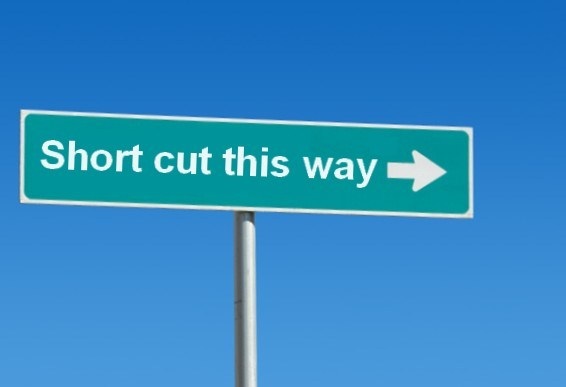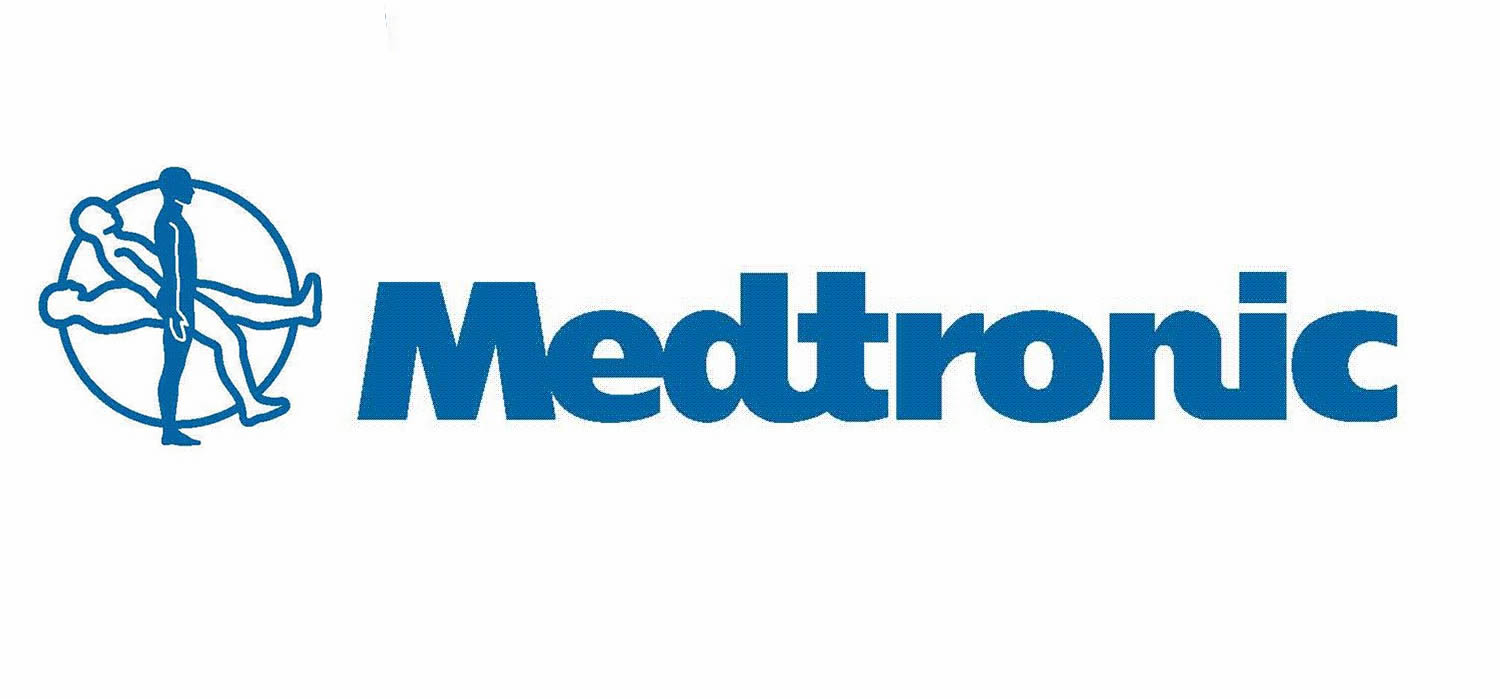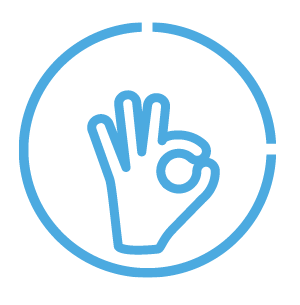A survey conducted by AllJobs in 2013 yielded that multitasking, along with credibility and teamwork, is one of the top three traits employers want in an employee. Multitasking. Have you ever actually stopped and wondered what it would be like to truly multitask? What we mean here is focusing your brain equally on more than one task at a time. It’s impossible to have your brain focus completely on more than one task. Since multitasking is one of the most sought-after traits employers look for, more and more job seekers are listing it as a skill on their resumes. But should employers really be looking for multitasker as their ideal employee?
Multitasking is the ability to perform a number of tasks simultaneously without it compromising the quality and efficiency of the performance. A simple experiment held in a number of universities across the country sampled a large number of students who were asked to write a row of 10 numbers (1-10) on a board, and below it a row of letters (A-J). The second time around, they were asked to perform that same task but this time, write a number-letter, number-letter alternately. The observation showed a clear decrease in the efficiency when the participants performed the second task.
According to David Meyer, a cognitive scientist from the University of Michigan, multitasking causes our brains to slow down and increases the chances of making a mistake. Distractions and interruptions interfere with our ability to process data.
It’s true that every job seeker may declare in a job interview that one of his main strengths is multitasking, and many employers are convinced it’s an attractive trait that one cannot succeed without. However, in recent years, cognitive scientists, psychologists, and management professors have challenged the necessity and prestige of such trait. In a recent study, it took a group of Microsoft employees an average of 15 minutes to return to serious work after answering e-mails or text messages. This distraction caused them to continue to engage in things that were irrelevant to their work.
A classic example of how multitasking affects our daily lives would be when you drive and carry on an important phone conversation (with a Bluetooth, of course) at the same time. Suddenly, you find you’ve taken the wrong turn, even if it’s the same way you’ve driven home for the last 10 years. Multitasking not only affects efficiency, but it also quality. With driving, for instance, the fact that we’re busy with two parallel tasks causes us to become distracted and as a result, not only do we slow down our pace but we also tend to get lost, get off track and head straight into the car in front of us… If we multitask at work, while the danger is nowhere near as large, the outcome is similar: lack of focus and poor quality work.
Jonathan Saphira, a senior analyst in a leading research company in the U.S., estimates the cost of distractions to the U.S. economy to be approximately $650 million a year. However, it’s important to remember that distractions at the workplace will never disappear, as that’s the nature of how work is done and how ideas pass on. After all, what may be a distraction to one person could be collaboration to another.
Here are some recommendations for how to keep from multitasking, but still be an effective worker:
- Prioritize tasks on a monthly/weekly/daily basis.
- Allocate a realistic time frame for every task and don’t slip into other tasks until you have completed the first one.
- While working on a professional task that demands great focus, it’s best to filter out any background noises and create an effective work environment (sit in a room with few stimulations, sign out of your inbox, put your phone on silent, etc.)
- Make a list of your usual distractions (e-mails, phones, hallway conversations, etc.)
- Set aside 3 timed, limited instances during the day where you engage in your usual distractions.
- Play some peaceful music with no lyrics. Some say it really helps with concentration.
In the future, maybe employees will be able to program sensors and smart apps with their priorities so that they can serve as a sort of “Time Babysitter” that will efficiently oversee their time allocation. But until then, it’s all in our hands! So, try your best to keep your distractions and multitasking to a minimum, and you can become a more efficient worker and overall, a more focused person.
Still don’t believe that multitasking is that difficult? Try playing this game and see your results.








Simply want to say your article is as astounding. The clarity in your post is just excellent and i could assume you are an expert on this subject. Fine with your permission allow me to grab your RSS feed to keep up to date with forthcoming post. Thanks a million and please keep up the enjoyable work.